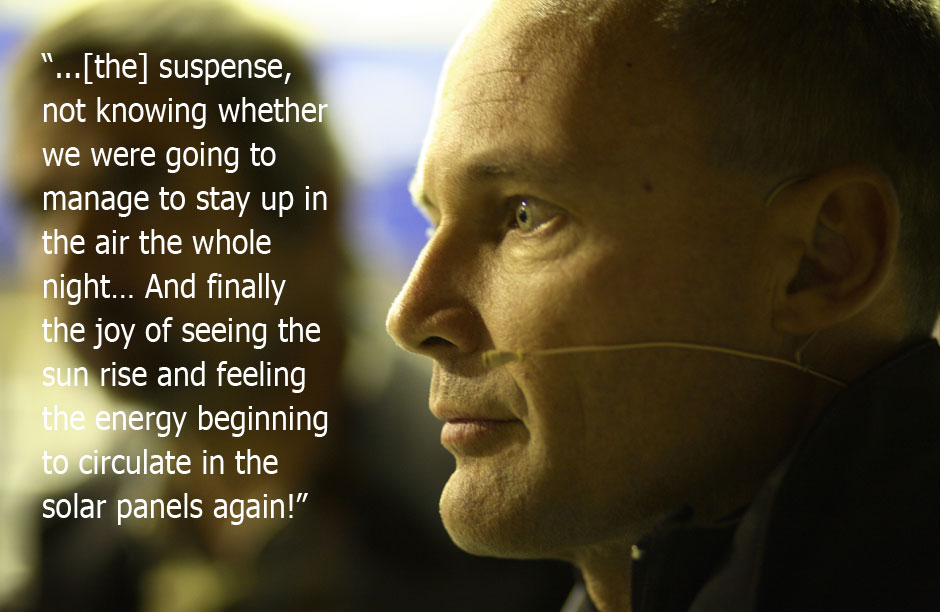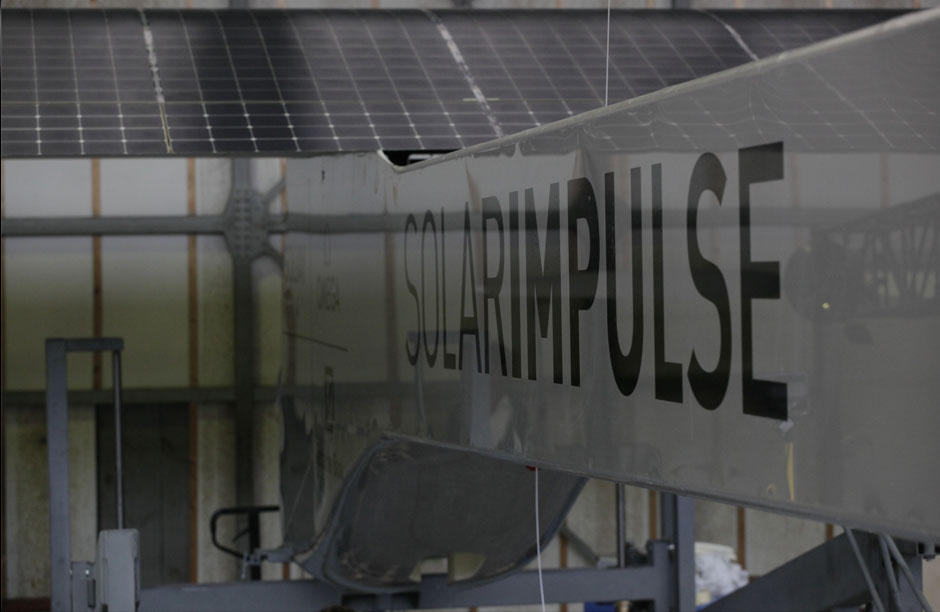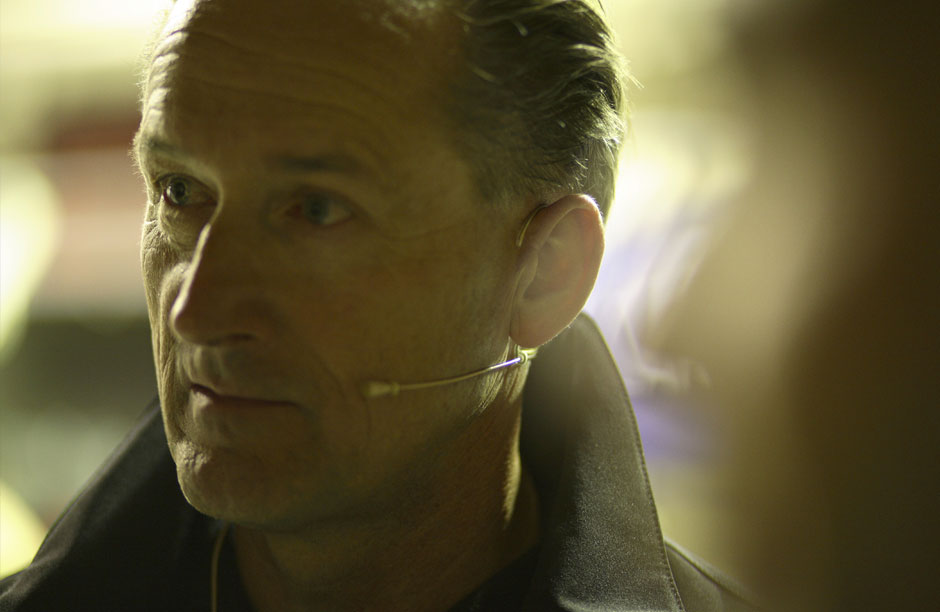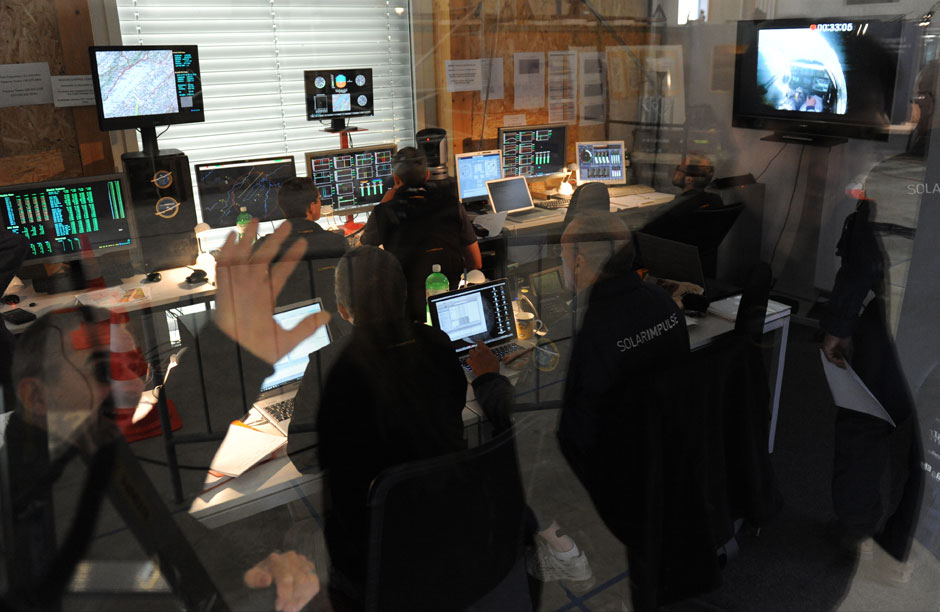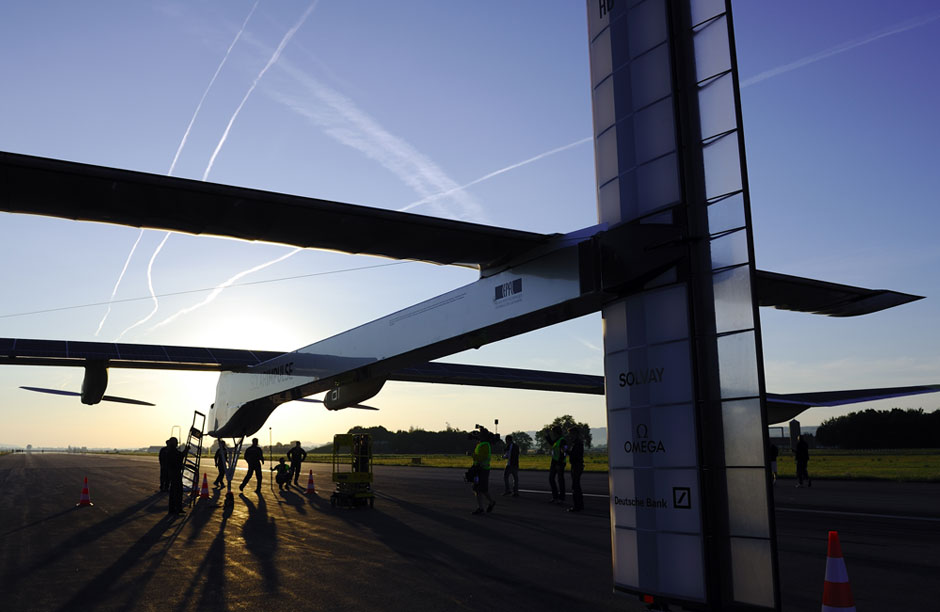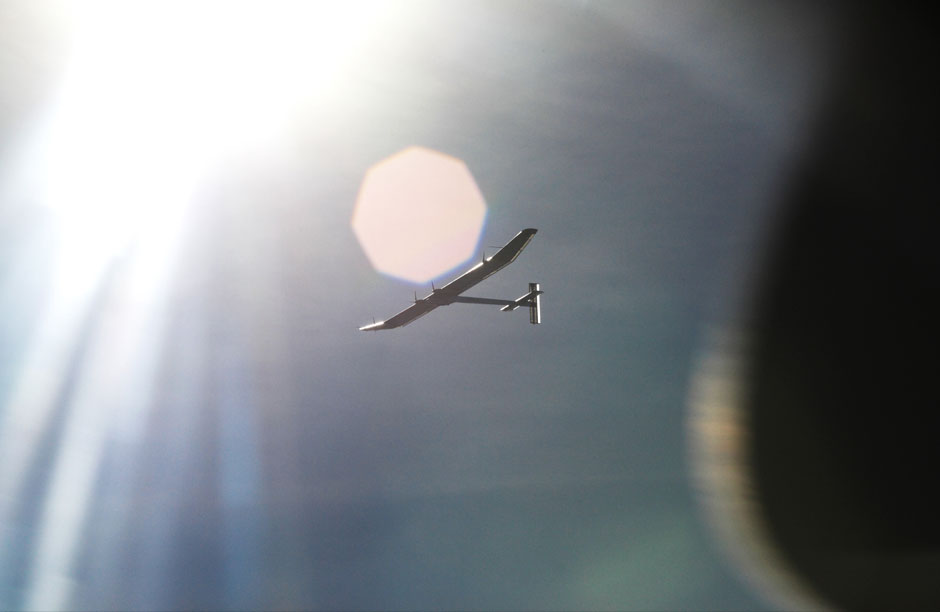Icarus Redux
By David Rosenthal
Icarus was the son of the master craftsman and eminent Greek innovator Daedalus. In their attempt to escape from exile in Crete, Icarus and his father took to the skies, each on a pair of handcrafted wings made of wax and feathers. Before taking off, his father cautioned Icarus not to fly too close to the sun or his wings would melt. But, young and overtaken by oxygen starved rapture, Icarus drifted higher and higher until his waxen feathers melted and fell away. Before he knew what was happening Icarus–his fleshy, featherless arms flapping–was plummeting toward the sea that would one day bear his name. The curse of hubris, the danger in audacity, and the value of respecting the power of nature were all established in Icarus’ fall.
On July 7th, 2010, another curious fellow took to the skies under a unique pair of wings. In an odd looking craft, the Swiss (and not mythological), André Borschberg, took to the skies over the wide Broye plain near Payerne, Switzerland. Slipping into the crisp mountain air at a speed slower than a man can sprint, with a disproportionate wingspan of 208 feet yet weighing no more than a mid-sized car, an aircraft powered solely by the sun, flew into history. The plane, called the Solar Impulse, is the brainchild of Bertrand Piccard and of Borschberg, and while their curiosity may rival that of Icarus, their wisdom, training and background have allowed them to transcend the Icarian fate (at least for now), by turning the very energy that destroyed Daedalus’ son into their engine.
For ten years Piccard and Borschberg have been at work realizing their ultimate dream, to push the boundaries of renewable energy by flying day and night around the world on the power of the sun. The first solar powered aircraft to complete a night flight. While the Solar Impulse is not the world’s first solar plane (The first flight of a solar-powered aircraft took place on November 4, 1974), it is without a doubt the most ambitious. Their principle mission—apart from the glory of the first solar-powered journey around the world—is, however, to promote the cause of renewable energies and the energy efficiency offered by new technology. The success of the July 7th flight takes that ambition a considerable distance toward their goal. At the controls for over 26 hours, Borschberg and the Solar Impulse team soared into the annuls of aeronautic history with the very first overnight flight by a plane powered solely by the sun. “I’ve been a pilot for 40 years now, but this flight has been the most incredible one of my flying career…. suspense, not knowing whether we were going to manage to stay up in the air the whole night… And finally the joy of seeing the sun rise and feeling the energy beginning to circulate in the solar panels again!”
The Solar Impulse has been under construction for seven years with the support of over fifty engineers and technicians working tirelessly to achieve the goal. The engineers and designers have employed the latest and most innovative materials that combine properties of incredible strength, flexibility and lightness. The Solar Impulse is built around a carbon fiber, honeycomb composite using a sandwich structure. The upper wing surface is covered with a skin of encapsulated solar cells, and its under sides with a high resistance flexible film. One of the most critical constraints of the project is storing energy in its unique configuration of lithium polymer batteries. The aircraft‘s engines achieve on average just 8 horsepower—roughly the amount of power the Wright brothers had available to them in 1903 when they made the very first engine powered flight. It was only a few years later when Orville Wright and a Lieutenant from the Army Signal Corps were involved in the first airplane fatality. A bracing wire failed during a flight at only 75 feet above the ground. The Lieutenant perished and Orville Wright was seriously injured. Even after their 26 hour flight, the Solar Impulse remains largely untested and their goal of circumnavigating the globe in unpredictable conditions in an aircraft of this weight, with so little power, presents incredible risk to the pilot and to the mission.
Like Icarus, Bertrand Piccard has eagerly followed in his father’s footsteps through his lifelong commitment to test the limits of human exploration. In fact, Betrand hails from exploration royalty. His father Jacques and grandfather, Auguste, both notable balloonists, made great strides in aeronautic technology and trial. Then, after seemingly conquering the sky, Jacques became fascinated with the unexplored recesses of the sea. In 1960, with the aid of his famous submarine “Trieste”, Jacques and his co-pilot US oceanographer Don Walsh became the only two people to have ever explored the deepest part of the world’s oceans in the Mariana Trench, 35, 000 feet beneath the earth’s surface. They still hold that title to this day. In 1999, Betrand broke an equally impressive record when he co-piloted the first non-stop round-the-world balloon flight.
Piccard and Borschberg embody what can only be described as a modern day myth, but it’s the lessons of Icarus’ fall that have ironically become the elements by which their Solar Impulse has taken shape: The hubris of man to test the limits of invention, the audacity of spirit to say “it’s possible” in the face of impossibility, and putting the very power of nature to work.
The journey for the Solar Impulse is by no means over and the most harrowing stages are actually to come. The literal and symbolic stakes rise significantly for Borchberg and Piccard in their next milestones as they attempt to cross the Atlantic (sometime next year) and ultimately for their flight around the world. The Icarus myth has always been a cautionary tale for recklessness and, indeed, perhaps the Solar Impulse itself is a cautionary statement—a high and visible flag for all of us to change our course. –

